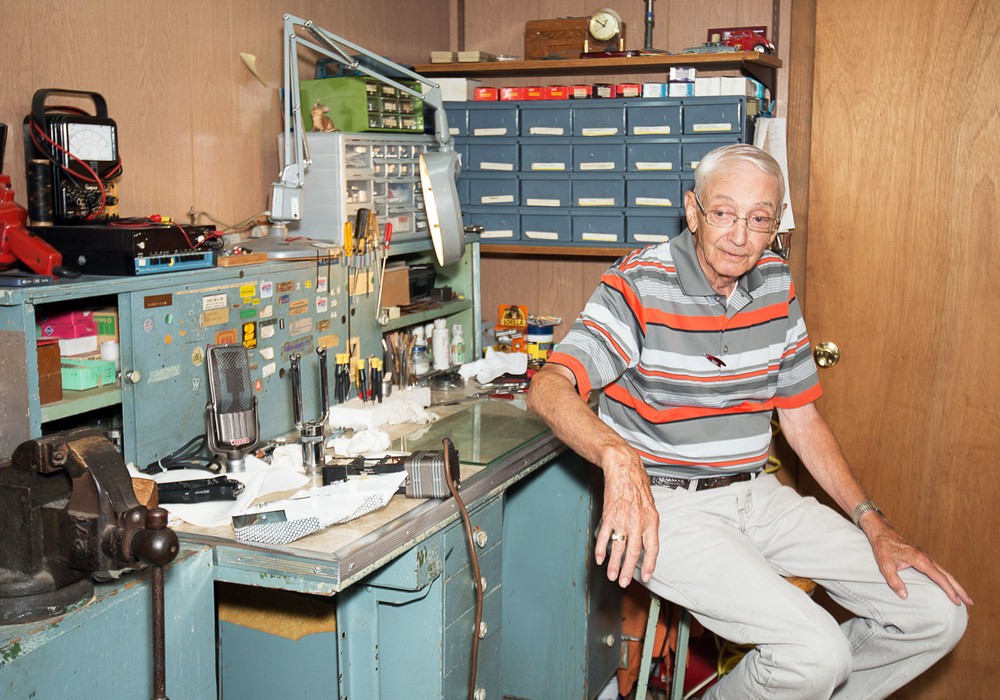Once upon a time, there was a company called Stephens Electronics. They went head-to-head with Ampex, MCI, Studer and 3M, building tape decks that some folks still worship as the best sounding in the world. A conversation with John Stephens, the man behind these tape decks and their unique construction, is both fascinating and frustrating. His mind darts back and forth between different stories and ideas — one minute he's telling me Einstein was wrong — the next minute he's telling me about a speaker system in his home made up of multiple 6" x 9" speakers on a piece of plywood. There may be parts of this interview that don't even make technical sense — believe me, I tried to sort all this out — but I think what we're really left with is a glimpse into a mind that could create some of the best recording equipment ever made, and an understanding of how it was able to make intuitive (or guided, as we shall see) leaps with technology.
What happened after your military stint, what would that be, in the '50s?
In 1956 I built a solid state mixing console out of transistors, which are low voltage devices. I used pins to attenuate, transfer the gain of the mic preamp. We had put a plug in the jack — just a single pin — that would change the resistance of the tree, so that's how it could attenuate.
Who was requesting that you build a console? How did you find work in that field?
It was — remember Julie London?
Oh, yeah.
The vocalist.
And what records?
Liberty. I don't know how we connected, but we did, and with the help of another person who designed a tape deck, which had the capstan, but he had some unusual things and he wanted me to do the electronics for that, which I did. Essentially, that's what I did. He did the layout on the console and I did all the electronics. So in 1956 we started up. That's where The Chipmunks came — oh that's another story.
David Seville?
Yeah, do you know who gave them the idea? Me!
To do the speed change?
Yeah, but I didn't think anything about it. I thought it was cool. My girlfriend and her girlfriend loved to sing so we started playing around with half speed.
Then clicked it back up?
Yeah and clicked it back up and [sings] "With a little bit of luck and..." You know that one. That was the one we used and it came out as The Chipmunks — I still have it.
Les Paul [Tape Op #50] had done stuff before that with the guitars.
Yes, oh yeah! He was great!
He didn't play with the vocals that way. He'd layer the vocals. Mary Ford would overdub multiple, amazing layers.
I can still hear it. So, I played it for him, and Ted Keith was involved with them and I was working in the booth doing more work — doing improvements as we learned as we built. This was the first. RCA came out with the first mixer — a relatively simple one.
They had tube mixers. They probably weren't solid state until the mid- to late '60s.
Well somebody came out with one that I think beat us by a few months.
Transistors were fairly new at that point too — you had to work on a lot of limitations with the noise of the transistors and the quality of construction, too.
Well yes, that's true. Big time. I did work with silicon transistors. Not too long after I left the Navy, I found myself working for JPL [Jet Propulsion Labs] and they were flying V2s at White Sands. Wonderful, wonderful time. It was just amazing what they were doing. I was given one project — I had a chance to use point silicon transistors, where it had a barrel with a little hole in the side of it, and you had two connectors going up on a fiber — and there they had little hair springs — just like a crystal set — and you plug the thing in and adjust the pins and everything, and throw some silicon grease in there and that was it.
Sounds kind of fragile.
Well, we did shake table stuff with it. The things they'd like to do — take a miniature vacuum tube and put it on the shake table and literally break it down until there was nothing.
With technology like that, at any given time there are many people working towards the same goal that aren't in touch.
Yeah, they have no idea. I took one of them — they were doing all kinds of things on the missiles to learn more about them so that they didn't break down so quickly — before the first flight! One of the things they did was run cables from the tip — from the nose to the rear end for them, and then put sensors — string gauges, essentially — in each of the four cables, and I'd put them on, transmit them to one of the large Ampex machines running a hundred and...
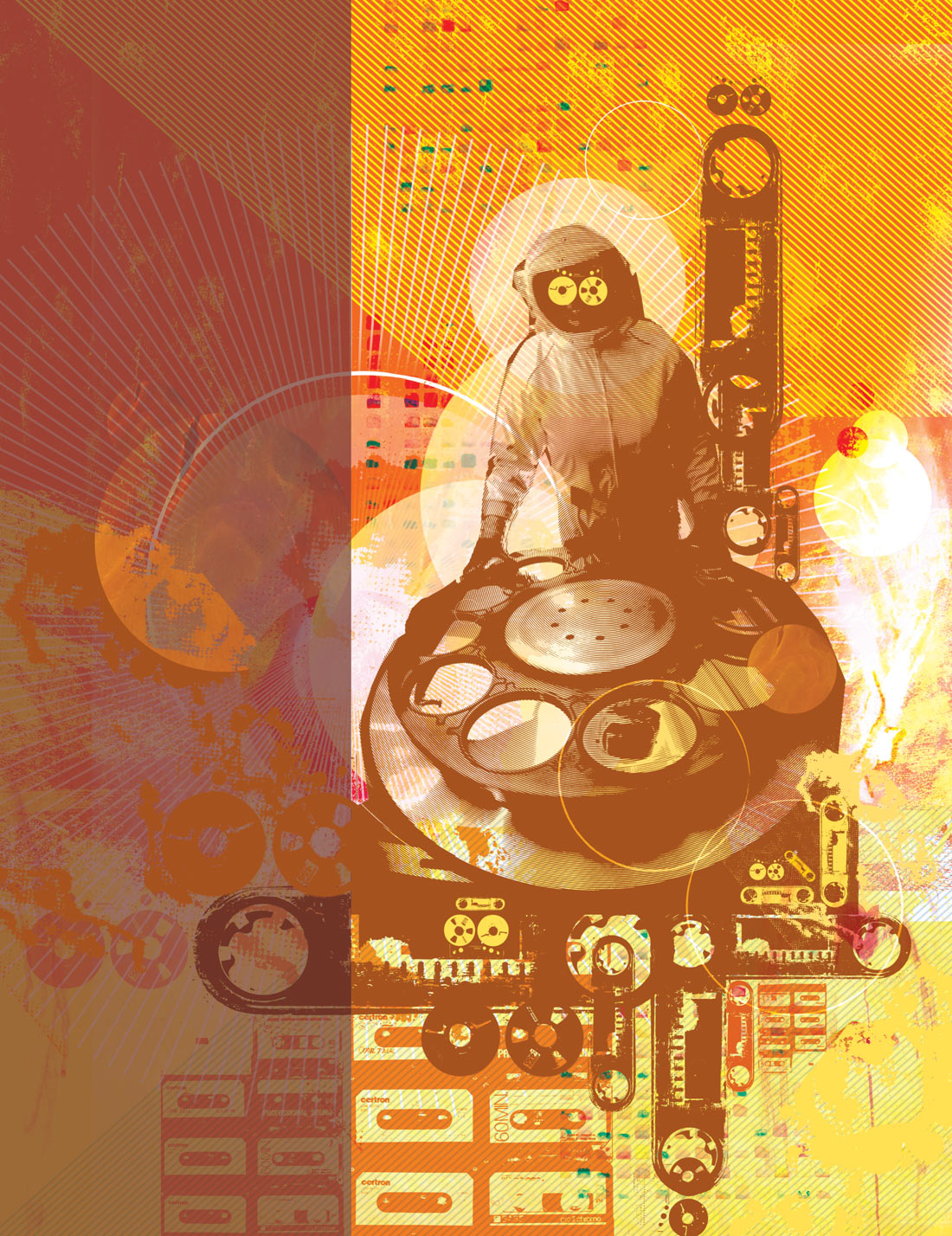




_disp_horizontal_bw.jpg)
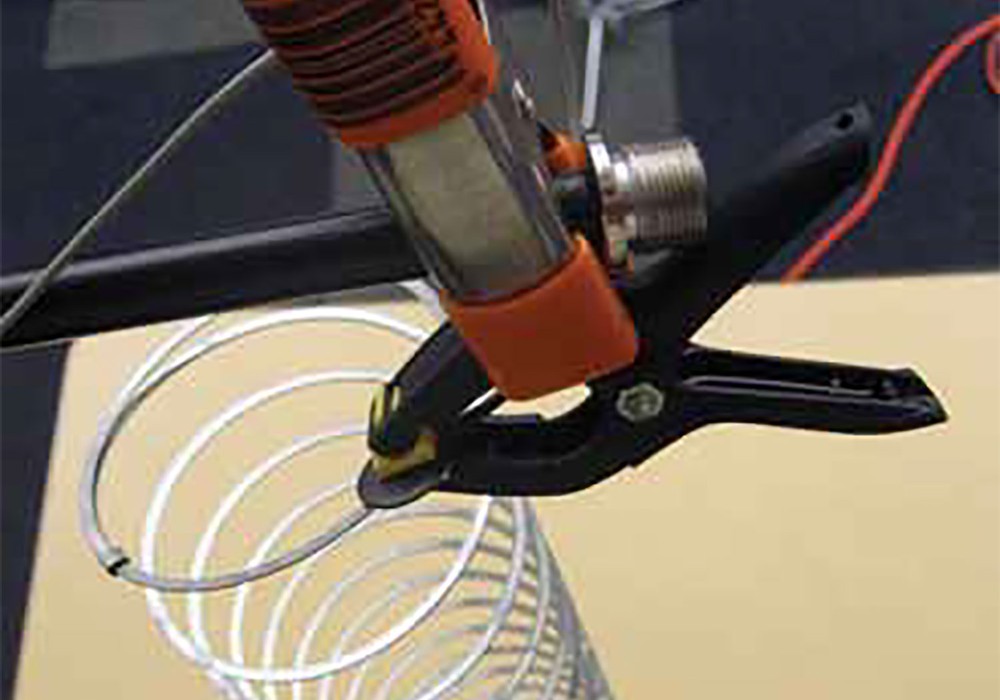
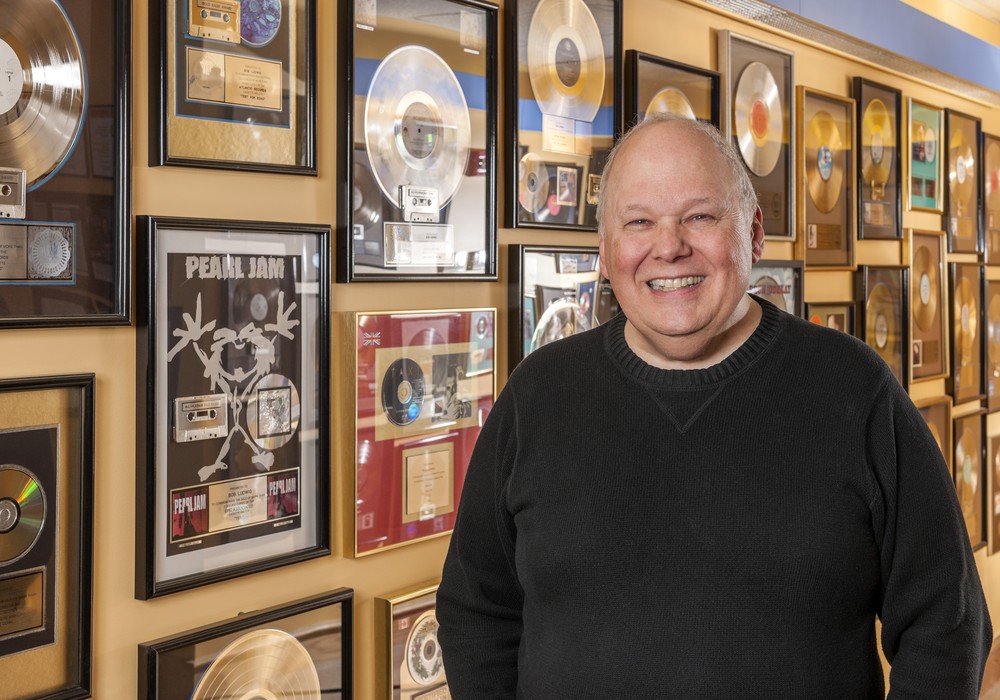
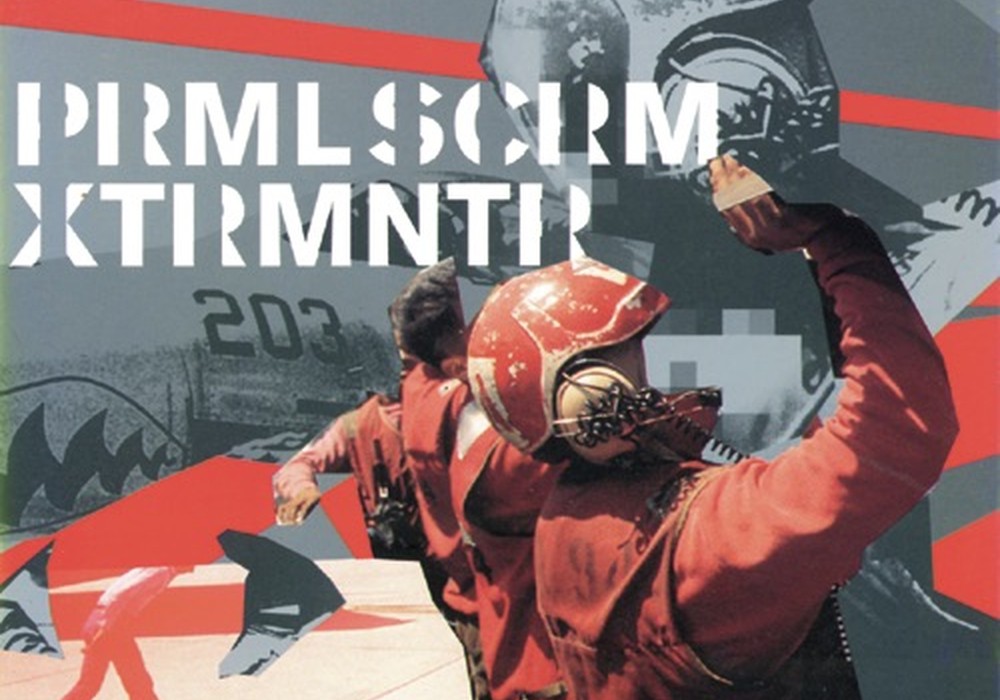
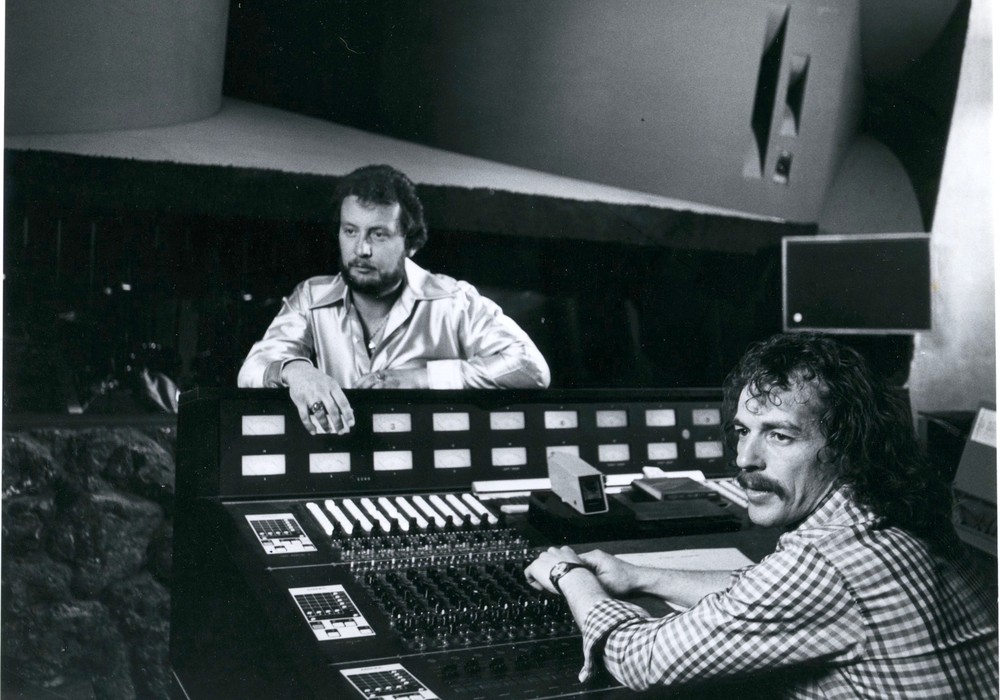
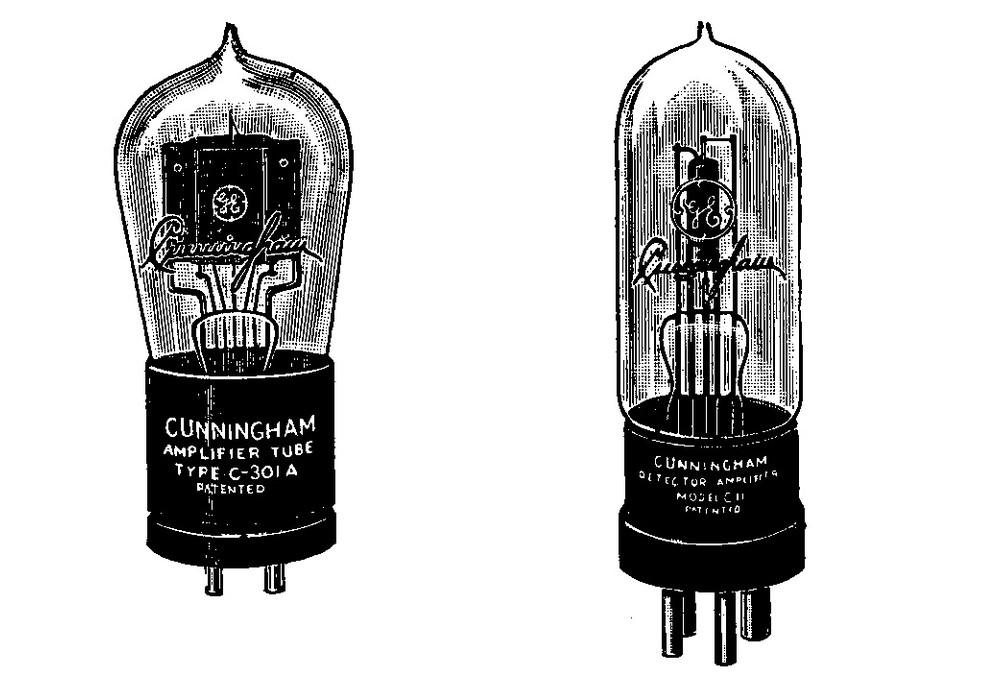
_display_horizontal.jpg)
